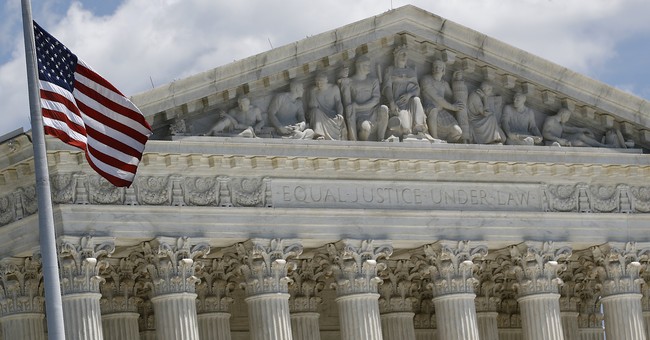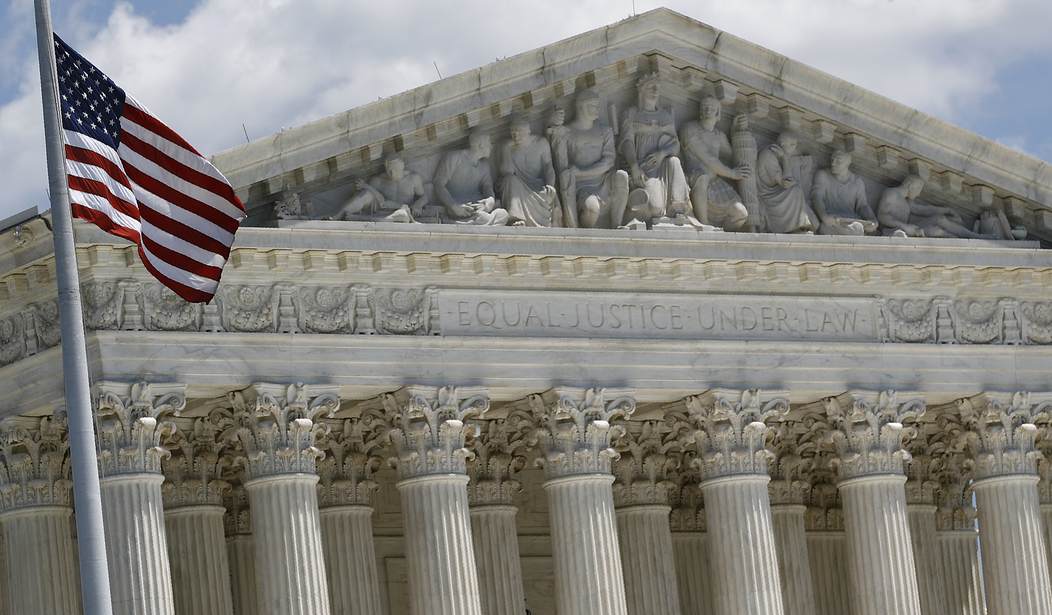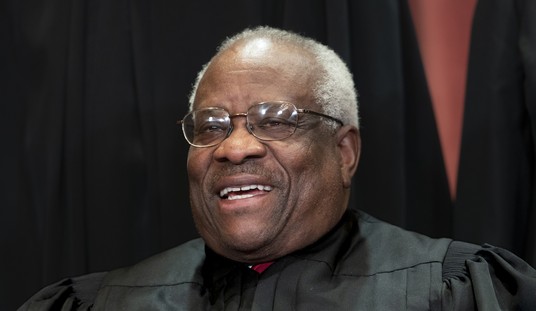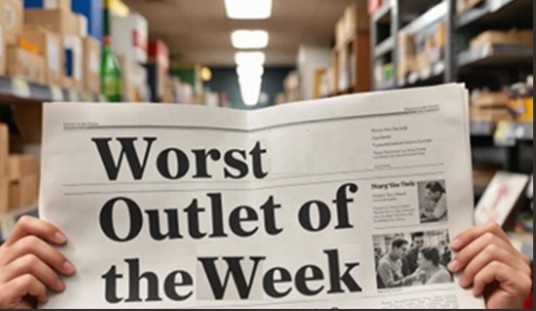
Missouri voters have long had the option to vote by absentee ballot, but only if the voter fits within one of six defined categories in the Missouri law creating that option.
In June 2020 the Missouri legislature added a seventh category to the absentee ballot statute covering any voter who is in “an at-risk category” for COVID-19.
The same legislation provided an additional voting option to all Missouri voters — an option for all registered voters to cast a “mail-in” ballot for elections in 2020. These are referred to in the legislation as “remote ballots.” A registered voter must apply for a “remote ballot”, have the application approved, and then the voter receives the “remote ballot in the mail”, with a “security envelope” to be used in returning the ballot. The process for completing the ballot is the same as the process for completing an “absentee ballot” — the voter must fill out the ballot with the required information, and then sign the ballot attesting to the fact that the voter is authorized to cast the “remote ballot.” The failure to provide this information — on a “remote ballot” or an “absentee ballot” results in the ballot being rejected.
By statute, all “remote ballots” and “absentee ballots” must be in the possession of Missouri election officials by close of the polls on Election Day — 7:00 pm. Any ballots received after 7:00 pm are not to be counted.
The key difference between the two types of ballots is that “absentee ballots” can be delivered in-person to Missouri election officials up to 7:00 pm, but “remote ballots” can only be delivered via the United States Postal Service, and cannot be dropped off in-person by the voter. This makes the 7:00 pm Election Day deadline subject to the vagaries of the reliability of the Postal Service workers in Missouri handling the ballots on November 3.
Yesterday federal District Court Judge Brian Wimes, appointed by Pres. Obama, decided he didn’t like the distinction in the delivery options for the two types of ballots so he changed it to a procedure he liked better — all ballots not cast in-person at a polling location may be delivered in-person by the voter to Missouri election officials — the “remote ballots” must be received by Missouri in the same manner as the “absentee ballots.” He simply eliminated the requirement that the “remote ballots” be delivered only by the Postal Service — as decided by the Missouri elected officials — because he didn’t think their reasons for the distinction were sufficient persuasive.
By contrast, those remote voters not eligible to vote absentee, and instead voting under [remote ballot statute], even if they do everything right and plan well in advance, run the risk of total disenfranchisement in the form of their vote not being counted because of delays not of the voter’s own making.
This rationalization boils down to “Remote voters might not trust the USPS to get their vote to Missouri election officials on time, so they shouldn’t have to rely on it.”
[W]hen the postal service has informed the State that it may have issues delivering mail in time … the new mail-in rules require much more from the mail-in voter than simply placing his or her ballot in the mailbox. For one thing, Missouri voters who are not in a “high-risk” category to vote absentee must request, again through the mail, their mail-in ballots well in advance of election day and wait for the ballot, at which time the mail-in voter must hope the ballot is delivered, again through the mail, in time for the voter to complete the ballot, get the ballot envelope notarized, and get it back in the mail no later than October 27, 2020 and hope the ballot is received by the election authority before close of polls on election day. Under the scheme to cast an absentee ballot, the absentee voter has the option to, if they worry their ballot will not make it to the election authority in time to be counted, or for any other number of infinite reasons, deliver the absentee ballot to the election authority in person. Mail-in voters do not have the same option to take steps to ensure their ballot is cast.
Defendants have presented no reasonable justification for different treatment of remote voters.
See? “I don’t like your reasons for passing your law, so I’m changing it.”
This takes us back — once again — to the numerous decisions of the Supreme Court and federal Courts of Appeal that all fall back on this one guiding principle:
The Supreme Court “has repeatedly emphasized that lower federal courts should ordinarily not alter the election rules on the eve of an election.”
This is not — as so many Obama appointees seem to believe — a question of whether “My alteration is minor, or it makes the process fairer and easier for the voter”.
The principle is “Don’t change the rules to satisfy your views as to what is “fairer” or “easier”.
DON’T CHANGE THE RULES — it’s not your job.
Elections are about the political branches of government, and politics. Changing the rules accomplishes the goals of one political point of view at the expense of an opposing political point of view.
THAT is what elections are for.














Join the conversation as a VIP Member